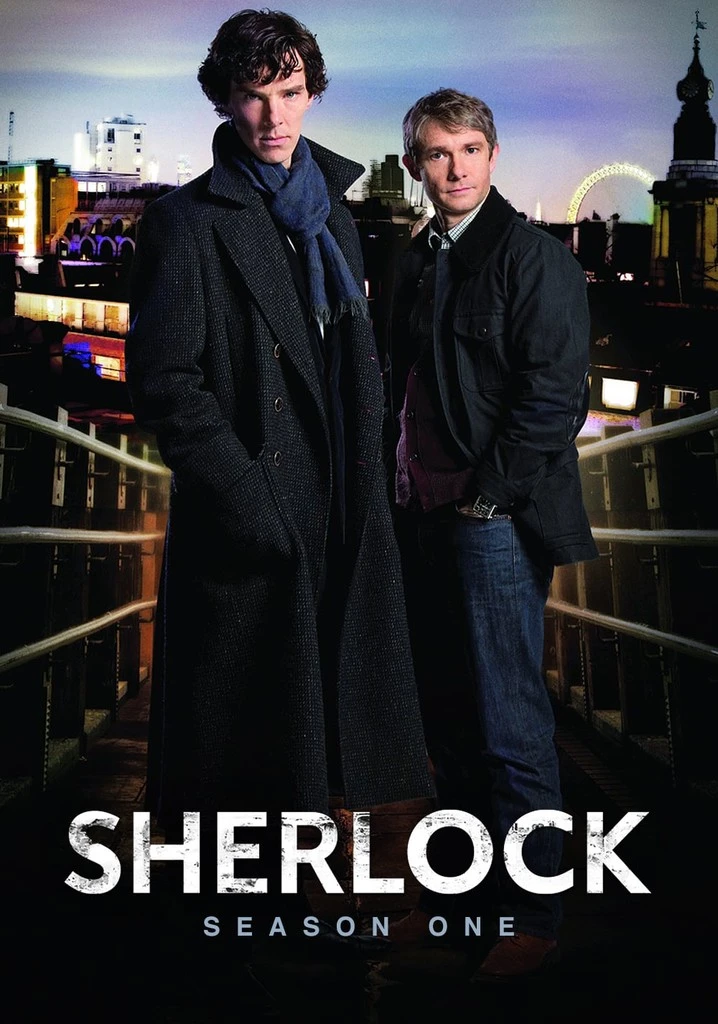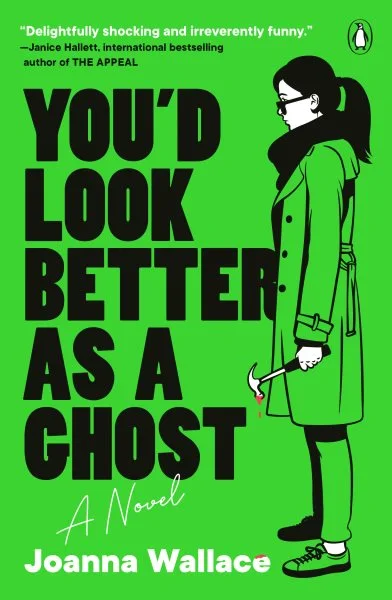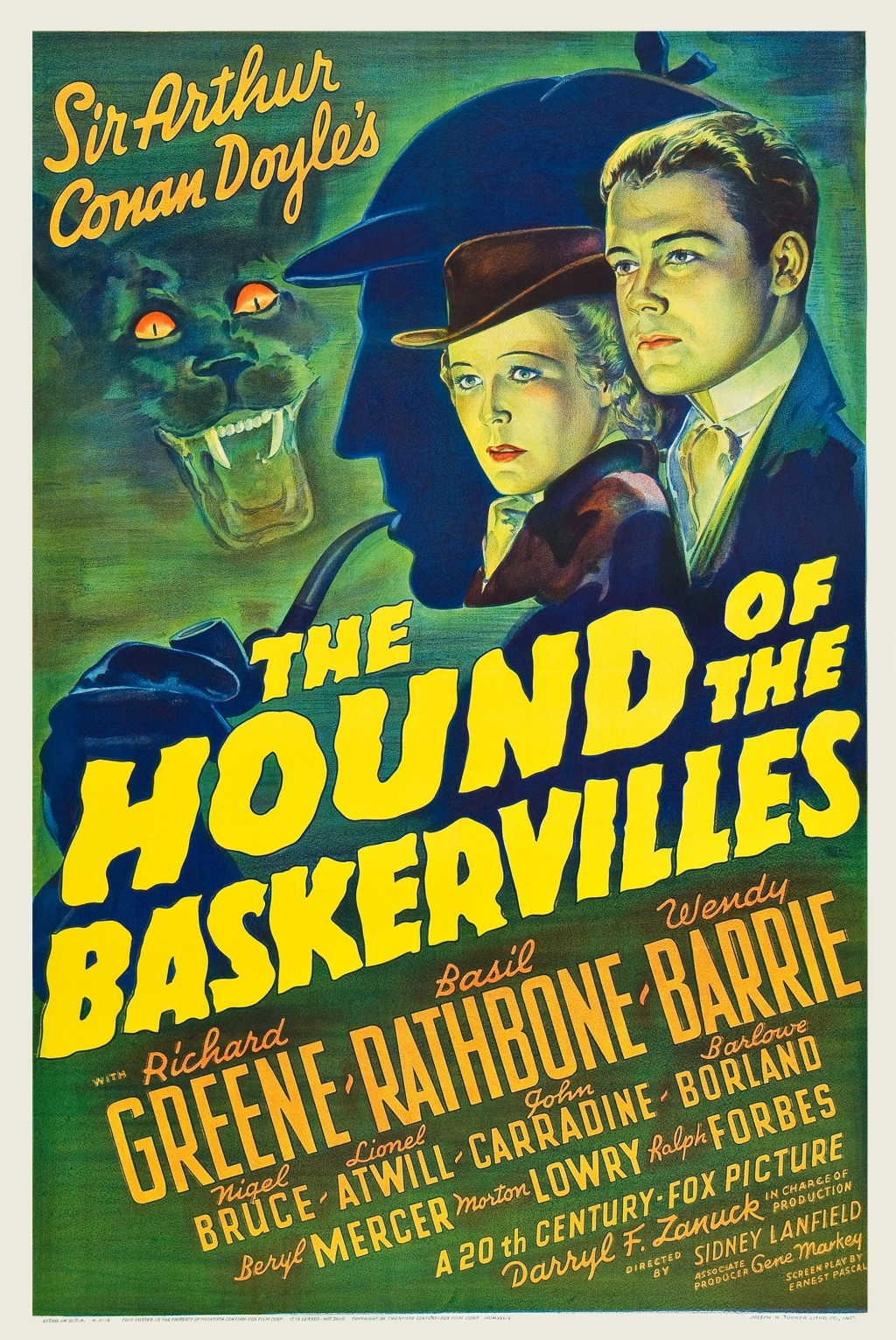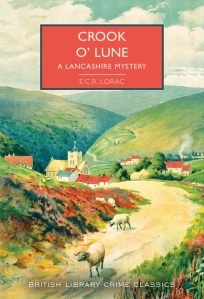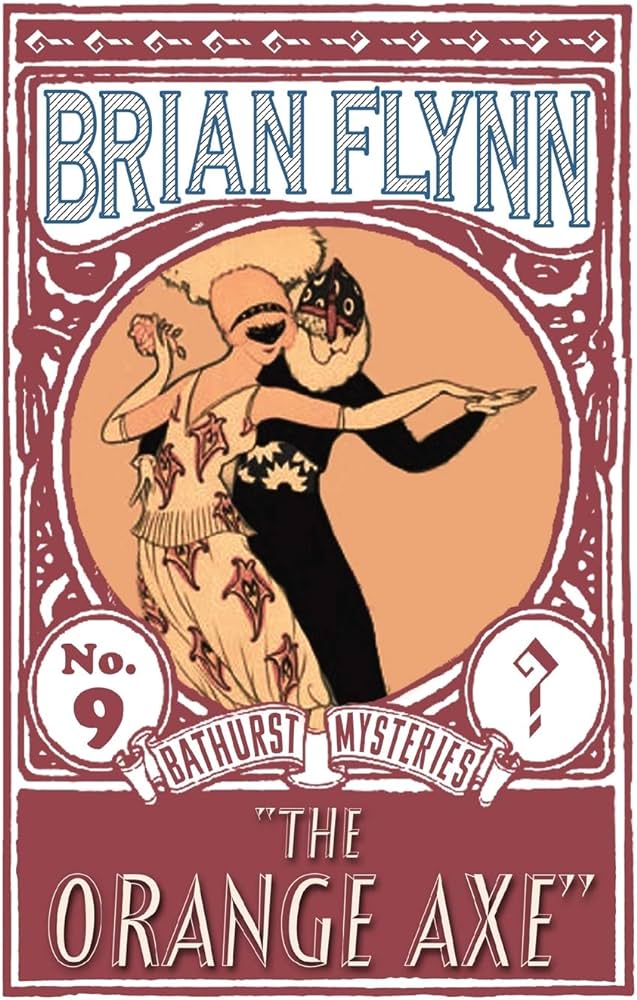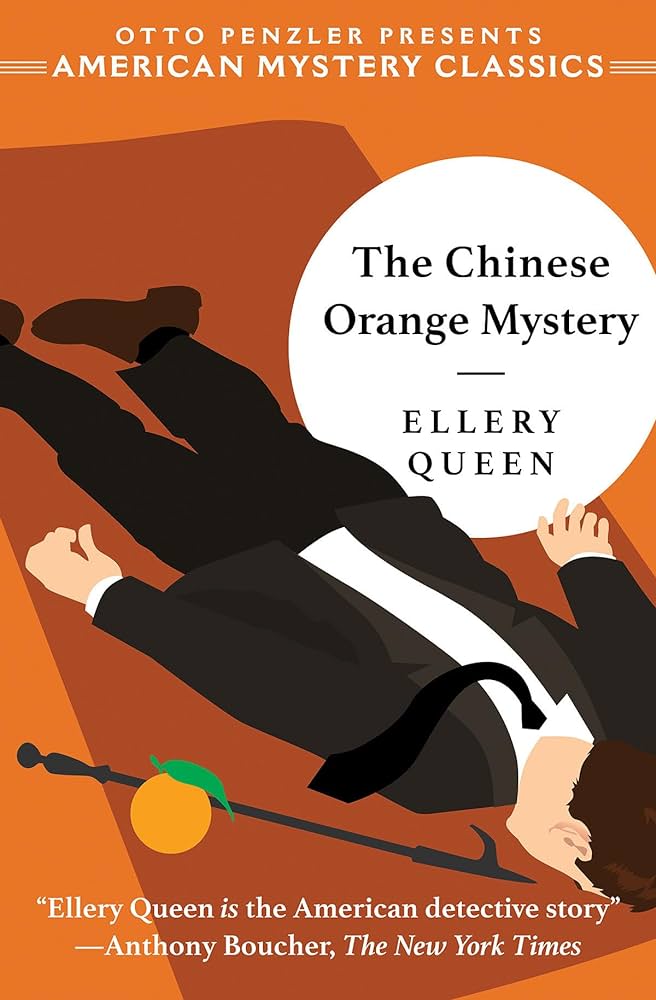Latest
-
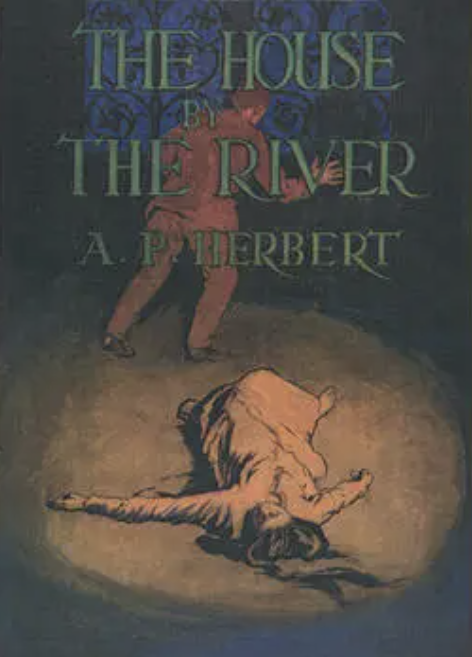
The House by the River by A. P. Herbert
Stephen Byrne is a gifted young poet who resides with his pregnant wife in a rather tight-knit community on the outskirts of London. After attending a neighborhood party where he has rather too much to drink, heads home and, for the first time, notices that their new maid is rather pretty…
